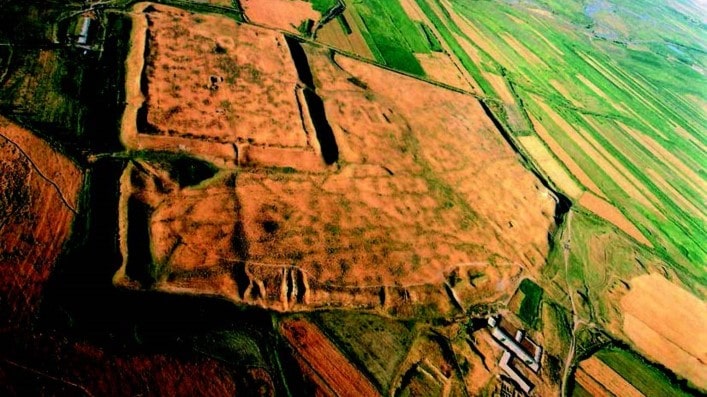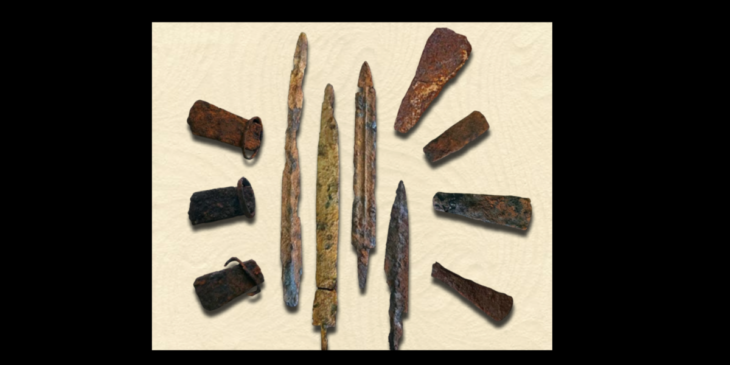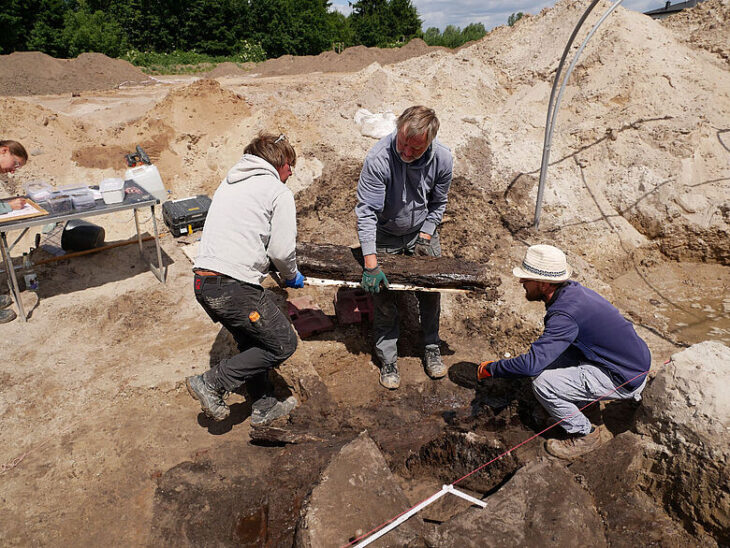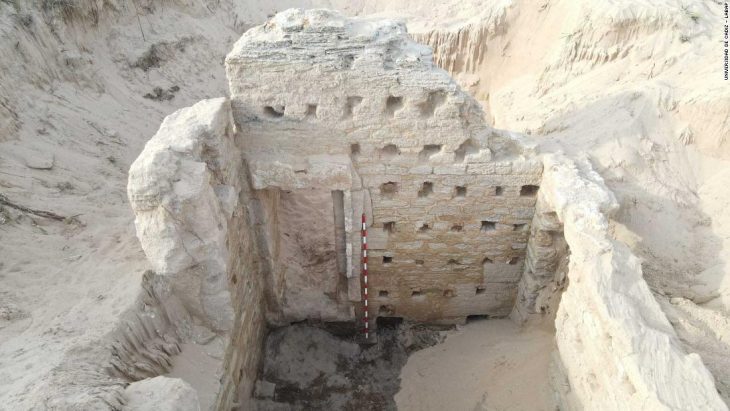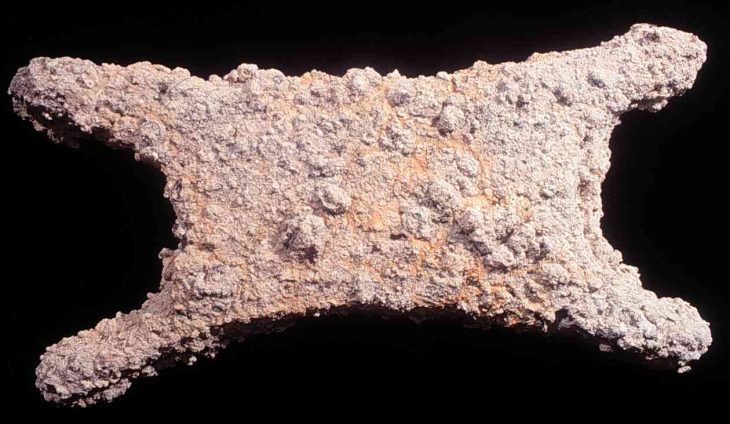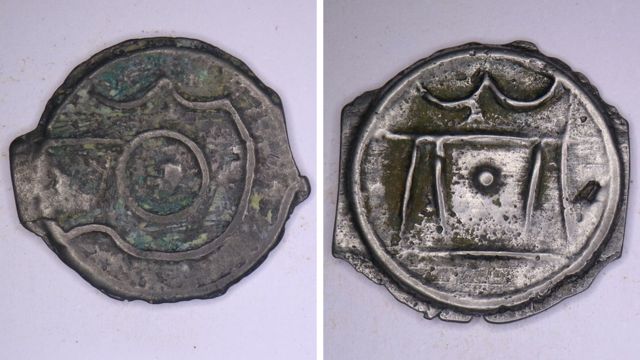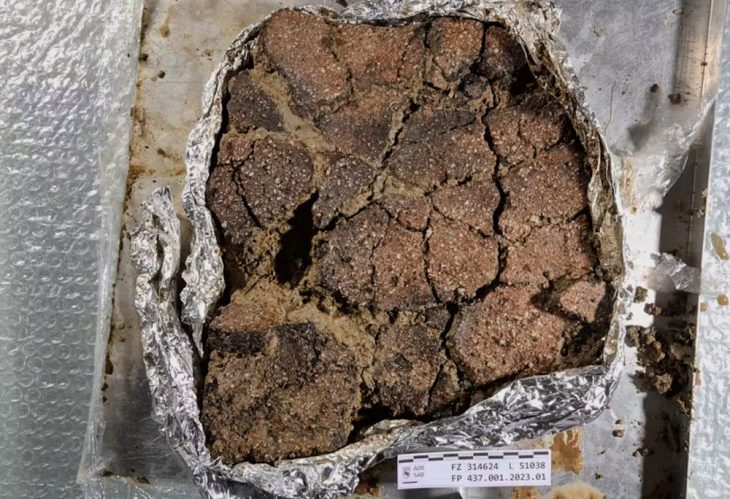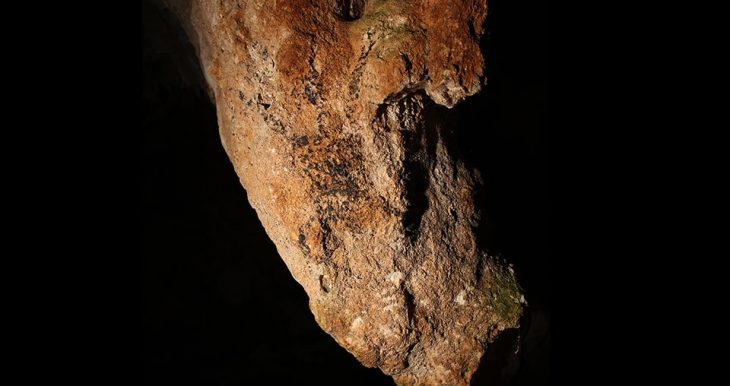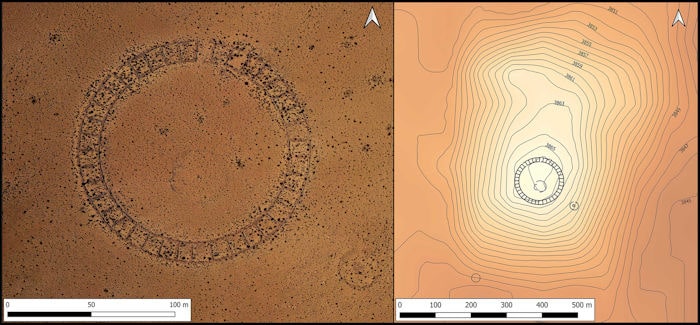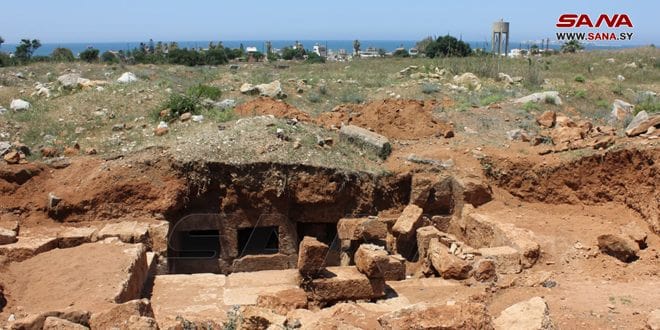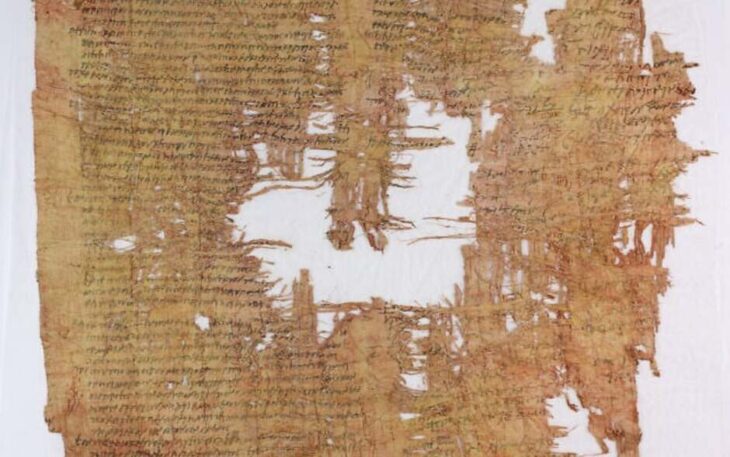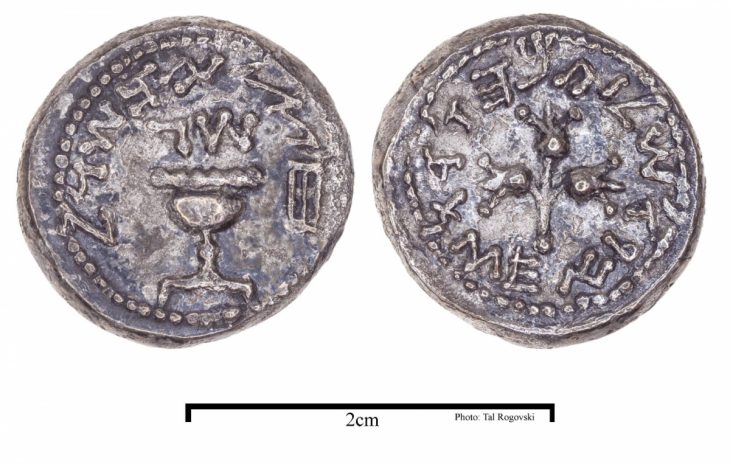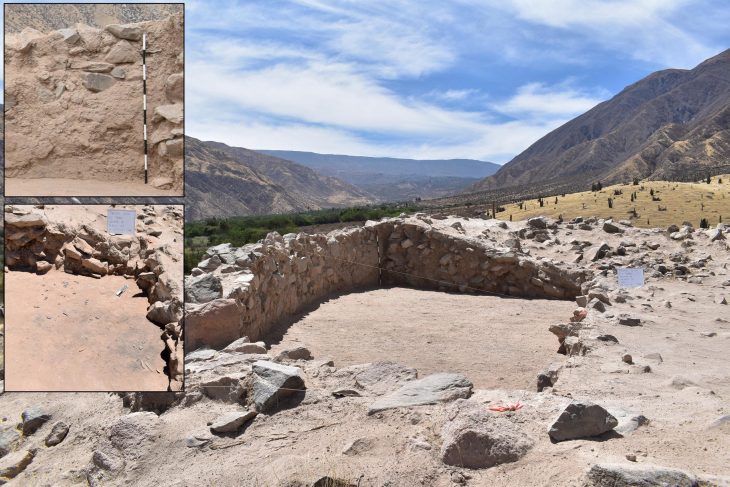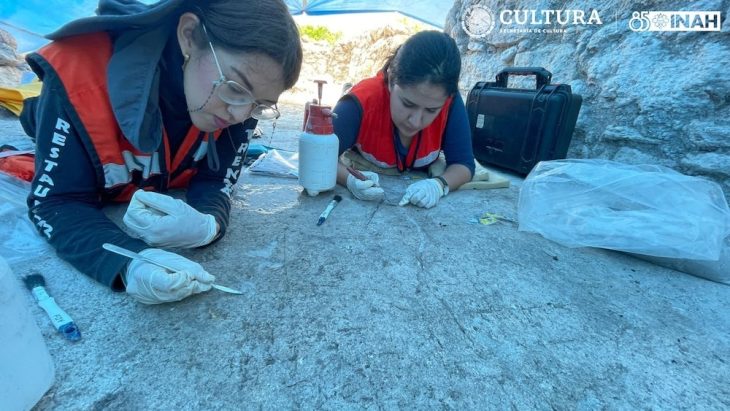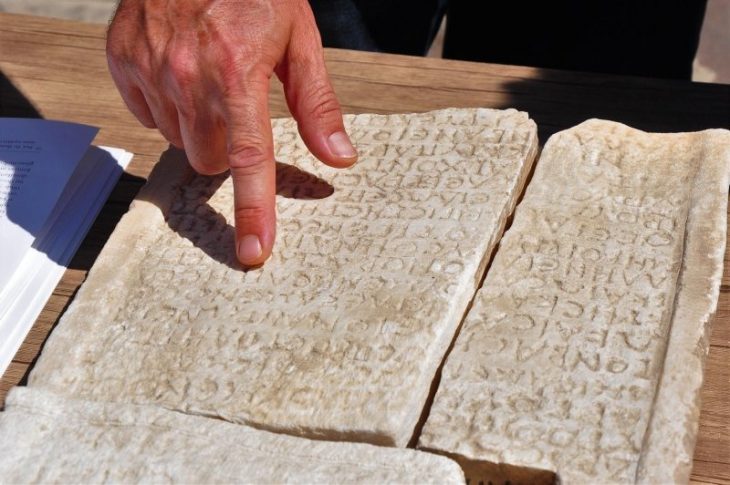The unearthed remains of an ancient Buddhist temple in Kyrgyzstan will open to the public in mid-September as part of UNESCO’s Krasnaya Rechka world heritage site.
Between 1940 and 2000, archaeologists excavating in the Chui Valley discovered towns and monumental structures dating from the 5th to 12th centuries that reflected the cultural and artistic traditions of many countries and peoples, from Byzantium in the west to India in the south and China in the east.
The ancient Buddhist temple, which was constructed more than a thousand years ago, was the second temple found in 2010 close to Krasnaya Rechka (City of Nevaket).
The second Buddhist Navikat temple (Krasnaya Rechka) is the only well-preserved structure among the early medieval Buddhist buildings excavated in the Chui Valley.
Valery Kolchenko, a local archaeologist, told Currenttime.tv that the temple is the only remaining site made entirely of clay. It housed a 36-foot statue of a Buddha in nirvana, parts of which were placed in a Russian heritage museum in St. Petersburg.
“All of our medieval archaeological sites are made of clay. We don’t have stone ones; we practically don’t have brick ones, with rare exceptions. It’s all made of clay,” Kolchenko said.
It is rather difficult to imagine the former beauty of the monastery: in part, the reconstruction prepared by archaeologists helps with this.
Kolchenko said the statue was built from brick “with clay smeared on top to form the shape of his clothes, hands, and head.” But he noted that the Buddha statue could not be seen in its entirety.
“A Buddhist couldn’t even see him in his entirety because the walls wouldn’t allow it. Only a part of the face, arms, and legs could be seen. But even to touch this was to acquire some form of sanctity,” he said.
Krasnaya Rechka (Navikat) has long been one of the most significant urban settlements in the Chui Valley and Tien-Shan region. Excavations in and around town have uncovered a Zoroastrian fire altar and grave site in the western suburbs, Nestorian Christian votive stones in the citadel, and two Buddhist temples south of the town walls.
The materials used in both religious and civil buildings are a fascinating expression of regional cultural dialogue, blending Turkic, Indian, Sogdian, and Chinese cultures.
The ancient temple, which was restored as part of an EU-UNESCO collaboration project, was situated along the Silk Road in the Chang’an-Tianshan corridor.

